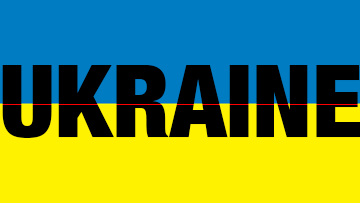South America
Peace and Non-Violence in La Moneda
Four different convoys which went through the city of Santiago beginning in the early hours of the morning congregated in Constitution Plaza to welcome the international team from the World March for Peace and Non-Violence. The international team was met in the Palace of La Moneda by the President of the Republic, Sra Michelle Bachelet.
President of Argentina meets with the World March for Peace and Non-Violence
Today, Cristina Fernandez welcomed the international team from the World March for Peace and Non-Violence in the presidential office. In the meeting, which lasted close to half an hour, they discussed international military conflicts and investment in weapons, among other topics. The activists said they felt very satisfied with the president’s reception.
20 thousand people welcomed the World March for Peace and Nonviolence into Moreno
On Sunday, part of the World March International Base Team, which travels the world demanding nuclear disarmament and the withdrawal of invading troops from occupied territories, arrived at Moreno, a province of Buenos Aires, where they marched through the city ending up in Plaza Buján, where 20 thousand people were awaiting the parade while enjoying a music festival.
At least forty thousand people are expected at Morales’ symbolic tenure in Tiahuanaco
Elogia Quispe, Mayoress of the Tiahuanaco locality, reported on Friday that at least forty thousand people are expected in the town, among them presidents, authorities, tourists and ordinary people, for the symbolic tenure of president Evo Morales’ second mandate which will take place on 21 January at the ancestral temple of Kalasasaya.
Bolivia calls World Conference of Social Movements
Bolivian President Evo Morales announced that a world conference of social movements is to take place in Bolivia, as a response to the failure of the 15th Summit on Climate Change, recently held in Copenhagen.
“The problems of climate change are directly linked to the irrational development of industry,” said the president from the region of Chuquisaca.
What to do? A proposal for Peace and Non-Violence in Latin America
This proposal developed by Tomás Hirsch and delivered to the President of Ecuador, Mr Rafael Correa, comes from the Humanist Movement, as the World March for Peace and Non-Violence is approaching its final destination, arriving at Punta de Vacas, at the foot of Mount Aconcagua, on border between Chile and Argentina on 2 January 2010.
And what if it was because of this drama that I found meaning in my life?
I was standing in the queue at passport control when Rafael de la Rubia took me to one side and said quietly: “We’re hoping to introduce someone to you, the governor of this department, Antonio Navarro, the former leader of the M-19 group who was indirectly involved in the operation that took your father and several other ambassadors hostage…”
Campaign to nominate Fidel Castro for 2010 Nobel Peace Prize
A diverse group of social organizations have launched a campaign nominating the former Cuban president Fidel Castro for the Nobel Peace Prize this coming year 2010. The nomination is based on Cuba’s achievements in health, education and reduction of infant mortality, among other improvements made under Castro’s leadership.
Macondo
There are times when Latin American magical realism falls short in describing what has occurred, as happened on the Rumichaca bridge on the border between Colombia and Ecuador, when Juanes and Rafael de la Rubia were preparing to hand over the World March for Peace and Non-Violence flag to the Ecuadorian singer Juan Fernando Velasco.
With a huge media display and very Latin human warmth, Bogota welcomes the arrival of the World March.
From the early hours of the morning, Colombia’s national television channels were announcing the arrival of the World March to the South American continent, while the city of Bogota was waking up to the this event. Towards midday members of the international team were welcomed at the airport with dance, music and a lot of human warmth.









